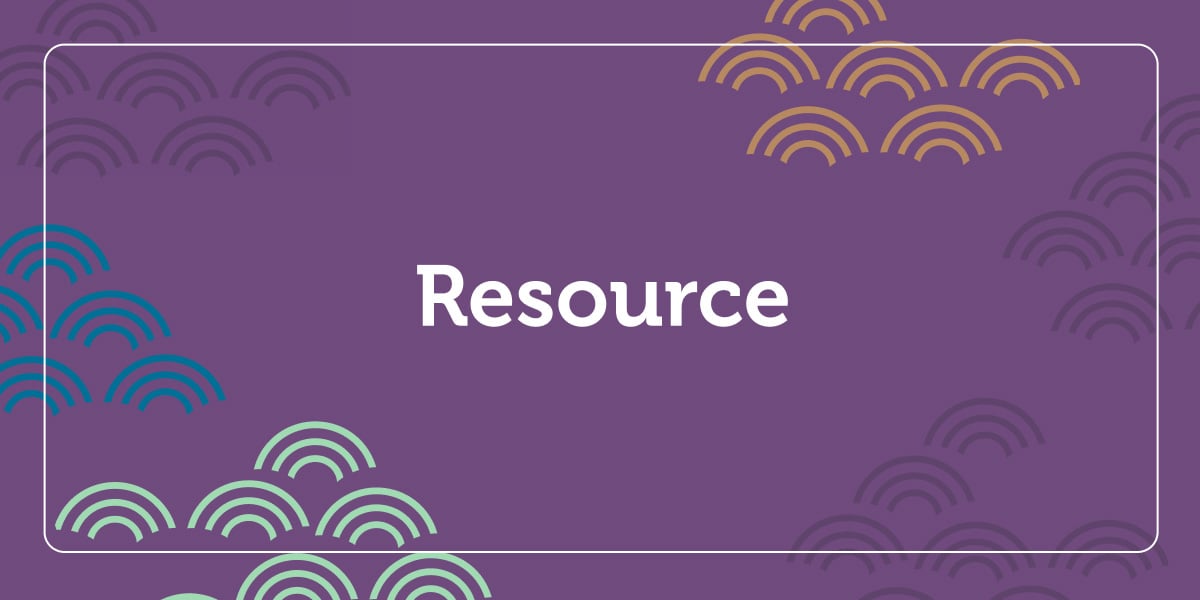High-quality and enriching environments are important for young children, and the materials that make up those environments play an important role in children’s learning and development. Teachers realize this fact, but it can be hard for them to create and maintain these types of environments with the limited resources available.
Thrifty Teacher’s Guide to Creative Learning Centers by Shelley Nicholson and Jessica Martinez shows teachers the creative ways they can stock their classrooms. With this book, teachers can easily and inexpensively collect and create affordable classroom materials, such as playdough tools and blocks.
To get a start at stocking your classroom, use the advice in this article. Keep in mind that you should make safe choices when it comes to choosing materials. Verify with your administrators that the materials you choose are acceptable, particularly when you bring in materials that have not been used in your environment previously.
Enhancing the Learning Environment with Materials
Other than purchasing new materials, there are three primary ways teachers can enhance their learning environments.
- Teachers might rotate materials within their school. Many schools have a supply closet or central location for storing extra materials, and teachers are able to use those in their classrooms. Teachers might also ask other teachers about borrowing or trading materials such as puzzles or books.
- Teachers might collect materials. For example, parents might donate discarded clothing to be used for dress-up and dramatic play. A teacher might bring in rocks or leaves from her own backyard or might save items meant for the recycling bin, such as cardboard boxes or bottle caps. These materials can be used in the classroom as they are, or to create other materials.
- Teachers might create materials. Using those recycled materials or simple craft supplies, teachers can create all sorts of engaging classroom materials and props for play.
From Trash to Treasure
The hunt for free or inexpensive materials is part of the fun for many teachers. The following list provides inspiration for where you might begin.
- Clean out your closet to find gently used dress-up clothes, shoes, and bags.
- Ask classroom parents and your own family members to remember you when they clean out their closets.
- Borrow pots, pans, measuring cups, and other utensils from your own kitchen.
- What businesses are your family and friends in? Could they provide cast-off materials or loose parts?
- Save objects that some people think are trash.
- Repurpose objects from recycling bins.
- Be on the lookout for packaging materials such as sturdy cardboard mailing tubes, Styrofoam, or molded-pulp braces from items shipped in boxes.
- Search the web for images and photos to enhance your materials. (Of course, you will want to obey Copyright laws!)
- Talk to the managers of your favorite restaurants about donating menus, paper products, hats, and other materials.
- Some businesses will donate outdated computer paper or envelopes.
- Watch for manufacturing surplus events, as these often offer free materials such as carpet squares, tiles, or fabric.
- Visit a dollar store or the clearance aisles in discount stores.
- Shop at garage sales.
- Shop at Goodwill, Salvation Army, or thrift stores.
Author(s)Jessica Martinez, Shelley Nicholson
Brianna Blackburn
A graduate of Western Carolina University with a BA in English, Brianna served as a marketing and editorial Intern with Gryphn House in the Summer 2018.

